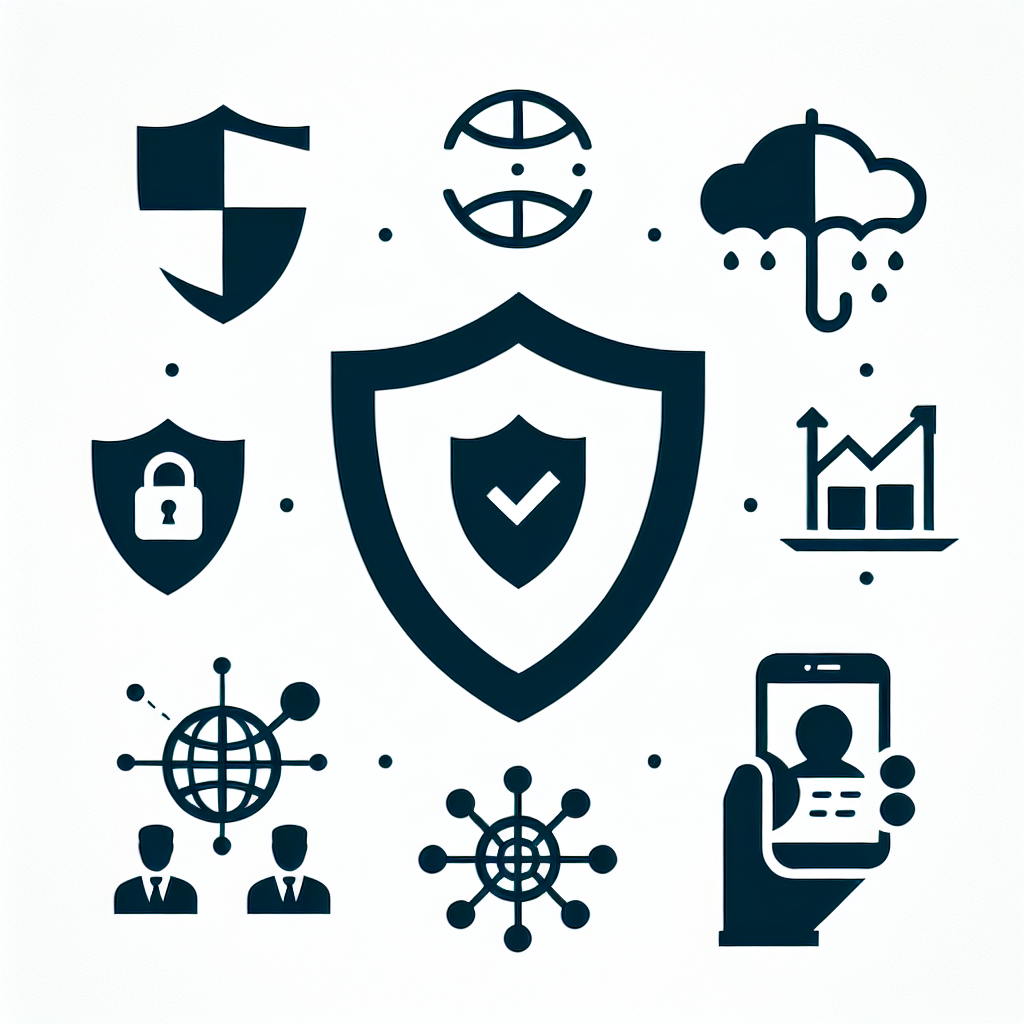
Mobile Device Management (MDM) is enterprise software designed to keep company data secure on smartphones, tablets, and laptops while enabling flexible work. IT teams use MDM to centralize configuration, enforce rules, and respond quickly when devices are lost or compromised.

MDM is a platform that secures and manages devices that access corporate resources. It helps enforce security policies, distribute apps, and remove sensitive data from lost or stolen devices. For organizations with remote workers or BYOD programs, MDM reduces exposure to data leakage and malware. MDM also supports compliance by documenting device posture and enforcement. Ultimately, it enables IT to protect corporate assets without disabling employee productivity.
Prioritize devices that access business systems: company laptops, smartphones, tablets, and third-party endpoints used for work. Start with devices that store sensitive data or connect to critical networks. Include contractors’ devices when they access internal resources. Keep an inventory that tracks ownership, OS versions, and installed applications. Regularly reassess device inclusion as roles and access needs change.
Enrollment is the process that registers a device with the MDM server so it can receive policies and configurations. Common methods include user-driven enrollment, automated enrollment for company-owned hardware, and enrollment during initial device setup. Use enrollment tokens or device management profiles to authenticate and link devices. Make onboarding simple with guided steps and clear communications to avoid friction. Track enrollment status centrally to spot gaps quickly.
Every MDM should enforce strong authentication, device encryption, automatic screen lock, and OS patching. Require complex passcodes or biometric unlock where available and mandate full-disk or file-level encryption. Enforce app controls to block risky software and implement network protections like VPN requirements for corporate access. Set automatic updates or timely patch cycles to close known vulnerabilities. These baseline controls dramatically reduce common attack surfaces.
MDM supports BYOD by separating corporate data from personal data using containerization or work profiles. This lets IT control business apps and files without accessing personal photos or messages. Communicate what is managed versus private, and obtain consent during enrollment. Offer clear policies and self-service options so employees know how to remove corporate profiles if they leave the organization. The balance between control and privacy drives user acceptance of BYOD programs.
Yes—MDM can issue remote locks, locate devices, or selectively wipe corporate data, and in extreme cases perform full device wipes. Use selective wipe where possible to preserve personal content on BYOD devices. Maintain clear escalation steps so IT acts appropriately when devices are lost or suspected compromised. Record all remote actions for audit and compliance. Limit wipe authority to authorized personnel to avoid accidental data loss.
Integrate MDM with identity providers, endpoint detection, SIEM, and patch management to create a unified security posture. Share device compliance signals with identity systems to enforce conditional access to services. Feed MDM telemetry into SIEM for alerting and incident investigation. Connect with EDR to correlate device health and suspicious activity. These integrations let teams automate responses and reduce manual overhead.
Implement role-based access control, audit logging, and policy versioning to meet regulatory requirements. Document enforcement rules and retention policies for device data and logs. Map MDM settings to relevant regulations and perform regular compliance scans. Use reporting features to generate evidence for audits and to prove devices meet required baselines. Regular reviews of policy effectiveness keep governance aligned with changing rules.
Measure success with KPIs like enrollment rate, percentage of devices compliant with baseline policies, time-to-patch, and incident reduction. Track user-reported issues and support ticket volume to measure friction. Use dashboards to spot trends—e.g., devices failing updates or repeated policy violations. Periodically test recovery and wipe procedures to ensure they work under pressure. Success is both security improvements and minimal user disruption.
Pitfalls include overly restrictive policies that hurt productivity, incomplete inventory, poor communication, and weak integration with identity systems. Avoid manual-only enrollments that don’t scale and do not test bulk enrollment flows. Underestimating privacy expectations for BYOD can lead to resistance. Plan phased rollouts, pilot with representative teams, and collect feedback to refine policies. Anticipate exceptions—some legacy devices may need special handling.
A: Yes—MDM is strongly recommended for organizations that allow remote access to corporate resources. It enforces controls on devices that connect from outside trusted networks and reduces exposure to data theft. Without MDM, remote work increases the risk of unpatched devices and unauthorized access. Implementing MDM provides a consistent security baseline for remote endpoints. Pair it with conditional access to enforce real-time checks before granting access.
A: Properly configured MDM introduces minimal performance overhead on modern devices. Lightweight agents and native management profiles typically consume negligible resources. Problems arise when policies push unnecessary background tasks or aggressive scanning; tune policies to balance security and performance. Pilot policies and collect user feedback to catch performance issues early. Use metrics to ensure acceptable user experience before wide deployment.
A: Costs vary by vendor, device count, and feature set; expect per-device licensing or tiered plans. Factor in deployment, training, and integration expenses along with subscription fees. Open-source or bundled solutions can reduce licensing costs but may increase operational overhead. Conduct a total cost of ownership analysis that includes staff time for management and ongoing support. Compare expected risk reduction and productivity gains to justify investment.
A: MDM supports macOS and Windows but capabilities can differ by platform and vendor. Apple and Microsoft provide native management APIs that MDMs use, but some tasks (e.g., deep system repairs) may still require RMM tools. For macOS, modern MDMs align closely with Apple’s device programs to enforce settings and deploy apps. Windows management often benefits from combined approaches that include MDM for policy and patching and RMM for remote troubleshooting. Choose tools that fit the platforms you support.
A: Start with a device inventory, define baseline policies, pilot with a small user group, and scale using automated enrollment. Use vendor documentation and best-practice guides tailored to your industry; for hands-on tools and assessments, visit Palisade.
For a practical checklist and further resources, see the mobile device management best practices on Palisade.